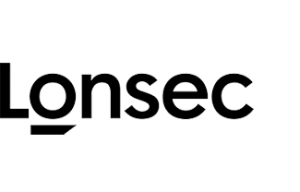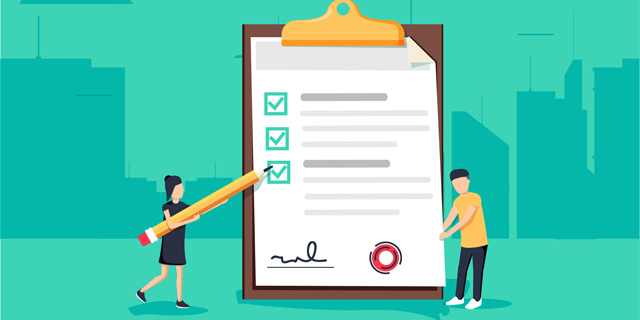As the ETF market expands, Australian investors are able to take advantage of new investment product innovations, implement a range of different strategies, and gain exposure to different markets and sectors. The depth of the ETF market has opened up opportunities to investors, but it also presents risks for the unwary.
Due diligence is essential when picking an ETF for your portfolio. Even if you’re looking for passive index exposure, not all ETFs are created equal. Experience and track record count, as does the robustness of the investment process and the risk management framework.
Some ‘smart beta’ approaches may be considered under a process which leverages the expertise of analysts covering active managed funds if there is a level of discretion or judgement. Also, the efficacy of the index being tracked should form a key consideration of your research efforts, especially in an environment of ever-increasing index proliferation and complexity. Below are the three key questions you should be thinking about when you’re on the hunt for the right ETF.
- What am I getting exposure to?
This is the first question you should ask. Sometimes you need to dig a bit deeper to discover more about an investment product’s risk and return characteristics, including the sectors, factors, or regions the product is targeting. Sometimes, a product may have unexpected risk and return outcomes during different market regimes, including periods of intense volatility or uncertainty.
Is the index concentrated in particular sectors, companies, or countries? Even if you are investing in an index, you need to be aware of your exposure. The US S&P 500 Index is market cap weighted, with significant weights to mega cap tech stocks like Apple and Amazon. In Australia, the financial services and materials sectors predominate the S&P/ASX 200 Index.
Do the holdings make sense in terms of the fund’s objectives? Investors need to look beyond the fund’s name or the index it tracks and examine the underlying holdings to understand the fund’s risk and return profile, and judge whether it adheres to its stated objective. Finally, look at how long the index has been around. Even as new indexes are constructed, the index provider’s tenure in the marketplace can indicate a measure of stability.
- Who is managing my money?
Finding out more about the provider and the investment team that sits behind the product is essential. How experienced is the ETF provider? Has been around through different market cycles and seen the best and worst of what the market can throw at you? Having experienced people in the senior investment team is important, but it can also lead to key person risk if the fund’s strategy is too reliant on the expertise of a small number of people, or if processes are not widely understood throughout the fund.
What are the fund’s and the manager’s total assets under management? Product break even points vary, but a useful rule of thumb is $50 million. Managers can sustain lower balances if it is part of a broader suite of products, but you should make sure there is a sufficiently deep pool of funds to ensure efficiency and scale. Greater assets under management can also enhance a fund’s liquidity.
How does the company manage risk? Ideally, there should be a disciplined investment process, broad market expertise, and sophisticated risk systems in place.
Does the company provide trading support and ongoing education? Trading support and actionable investment strategies can add value for investors, especially when it comes to incorporating the product within a broader portfolio. Good managers will be transparent about the type of investors the product is suitable for and how it to maximise the product’s value in a portfolio context.
- How am I getting exposure?
You need to know what you are exposed to, but just as importantly, you need to know how you are getting that exposure. Firstly, what is the index weighting methodology (market-capitalisation, price-weighted, fundamentally weighted, rules-based, or equal-weighted)? The weighting methodology has a major impact on performance and the risk/return characteristics among seemingly similar indices.
Does the ETF hold derivatives or synthetics? Derivatives can be an effective way to manage risks, but they can also add an additional element of complexity. Understanding how risk overlays work, how they behave under different market conditions, and the risk and return trade-offs they make, are all necessary for a complete due diligence.
How often is the index rebalanced? Frequent rebalancing will ensure closer index tracking, but increases turnover, trading costs, and potentially realised taxes. How many companies or bonds are in the index and what are the diversification guidelines? If the fund only partially replicates the index, it may invest in fewer securities, especially at the less liquid end of the market. Rather than holding every stock, it may hold a representative sample, but you should understand how this sample is determined.
Finally, what are the fund’s total fees? The fund’s management fee as well as the bid/offer spread needs to be considered as part of the total cost of transacting. High trading volumes can mean greater liquidity and usually also mean tighter spreads. Brokerage and tax should also be factored into your individual holding return.
Keep monitoring your portfolio
Once you have chosen the investment products that are the right fit for your portfolio, that isn’t the end of the story. You should monitor your investments and ensure that the products you picked continue to do what you expected of them. Sometimes investment teams change, liquidity events pop up, or the market enters a period of volatility. Keeping tabs on your portfolio means more than just checking your account balance. It requires ongoing due diligence to ensure that the people you entrust your money to are sticking to their mandate and delivering on their product’s promise.
Issued by Lonsec Research Pty Ltd ABN 11 151 658 561 AFSL 421 445 (Lonsec). Warning: Past performance is not a reliable indicator of future performance. Any advice is General Advice without considering the objectives, financial situation and needs of any person. Before making a decision read the PDS and consider your financial circumstances or seek personal advice. Disclaimer: Lonsec gives no warranty of accuracy or completeness of information in this document, which is compiled from information from public and third-party sources. Opinions are reasonably held by Lonsec at compilation. Lonsec assumes no obligation to update this document after publication. Except for liability which can’t be excluded, Lonsec, its directors, officers, employees and agents disclaim all liability for any error, inaccuracy, misstatement or omission, or any loss suffered through relying on the document or any information. ©2020 Lonsec. All rights reserved. This report may also contain third party material that is subject to copyright. To the extent that copyright subsists in a third party it remains with the original owner and permission may be required to reuse the material. Any unauthorised reproduction of this information is prohibited.




